Build Concrete Steps: A Complete Guide to Construction, Benefits, and Best Products

Concrete steps are a durable and practical solution for creating safe, long-lasting entrances to homes, patios, and gardens. With the right materials and construction techniques, you can build concrete steps that not only look great but also stand the test of time. This guide will provide you with detailed instructions on how to build concrete steps, highlight the benefits of using concrete, and showcase some of the best products to use for the job.
Why Build Concrete Steps?
Concrete is one of the most popular materials for constructing steps due to its strength, longevity, and versatility. Whether you’re building steps for your front entrance, a backyard patio, or a garden path, concrete offers a range of advantages that make it an excellent choice for both residential and commercial projects.
Benefits of Building Concrete Steps
- Durability: Concrete steps are extremely tough and can withstand heavy foot traffic, harsh weather conditions, and wear over time.
- Low Maintenance: Once installed, concrete steps require minimal upkeep compared to other materials like wood or metal.
- Customization: Concrete can be easily molded into various shapes and sizes, allowing for unique designs that fit any architectural style.
- Cost-Effective: Concrete is relatively affordable compared to other materials, especially when considering its long lifespan.
- Slip Resistance: With the right finish, concrete steps can be designed to provide a safe, non-slip surface, even in wet conditions.
Step-by-Step Guide to Building Concrete Steps
Building concrete steps may seem like a daunting task, but with the proper planning and tools, it’s a project you can tackle with confidence. Here’s a step-by-step guide on how to build your concrete steps:
1. Planning and Measuring
The first step in building concrete steps is to carefully plan the size, shape, and location of your stairs. Consider the rise (height of each step) and run (depth of each step) to ensure the stairs are comfortable and safe to use.
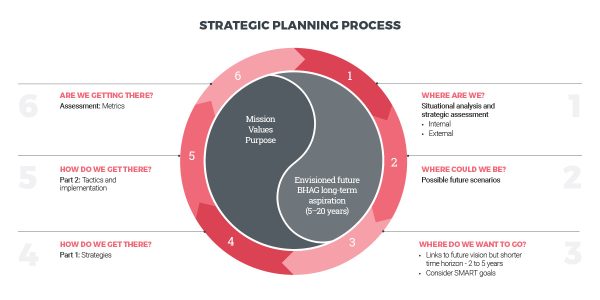
Make sure to check local building codes for specific requirements on step dimensions, especially for outdoor stairs, to ensure they meet safety standards.
2. Creating a Formwork
Formwork is a temporary structure that holds the concrete in place while it sets. You can create formwork using plywood or wooden planks, securing them with stakes. Make sure the formwork is level and properly aligned to create even steps.
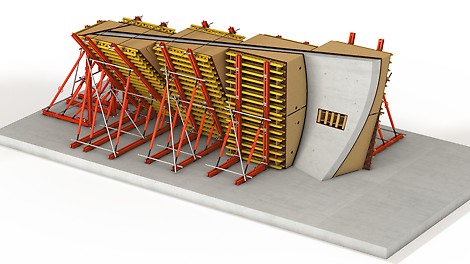
3. Mixing the Concrete
Concrete can be mixed manually or with a concrete mixer, depending on the size of your project. It’s essential to achieve the right consistency—neither too runny nor too dry—so that the concrete can be poured and shaped easily.
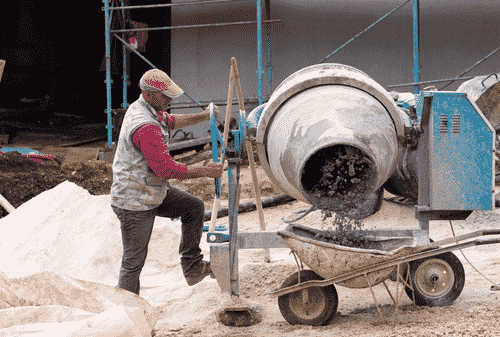
4. Pouring the Concrete
Once your formwork is ready, pour the concrete into the forms, starting at the bottom step and working your way up. Use a trowel to smooth the surface and eliminate air bubbles. Make sure each step is level and properly shaped.
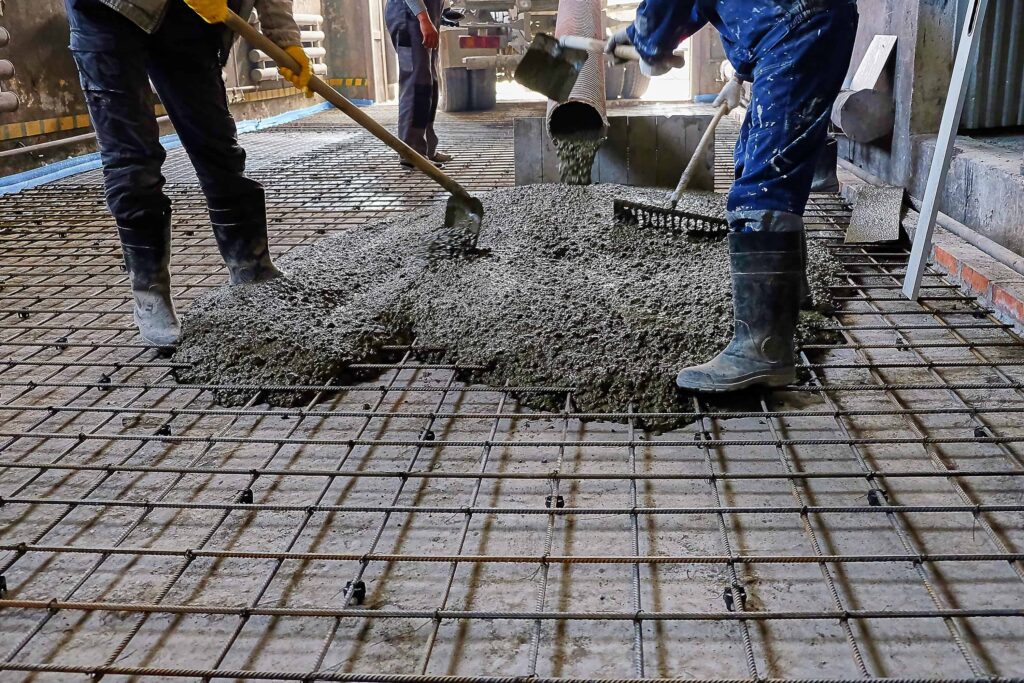
5. Finishing the Steps
After the concrete has been poured, you’ll need to finish the surface to create a smooth or textured finish. You can use a broom to create a slip-resistant surface or a trowel to achieve a smooth, polished look.
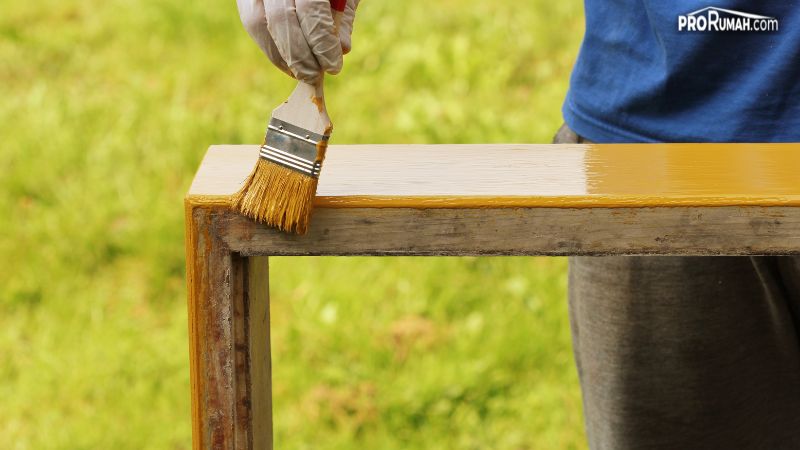
6. Curing the Concrete
Curing is a crucial step in the process, as it allows the concrete to reach its full strength. Cover the steps with plastic sheeting or a wet cloth and let the concrete cure for several days, keeping it moist to prevent cracks.
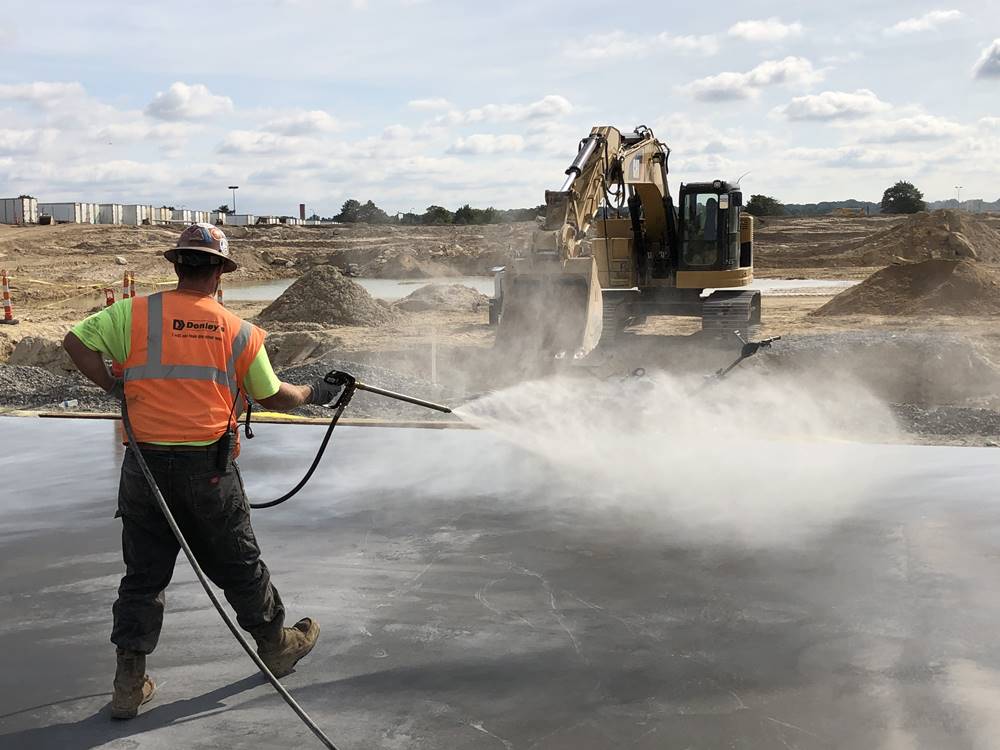
Top Products for Building Concrete Steps
Using the right tools and materials is essential for ensuring that your concrete steps are durable, safe, and visually appealing. Below are five highly recommended products for building concrete steps:
1. Quikrete Concrete Mix
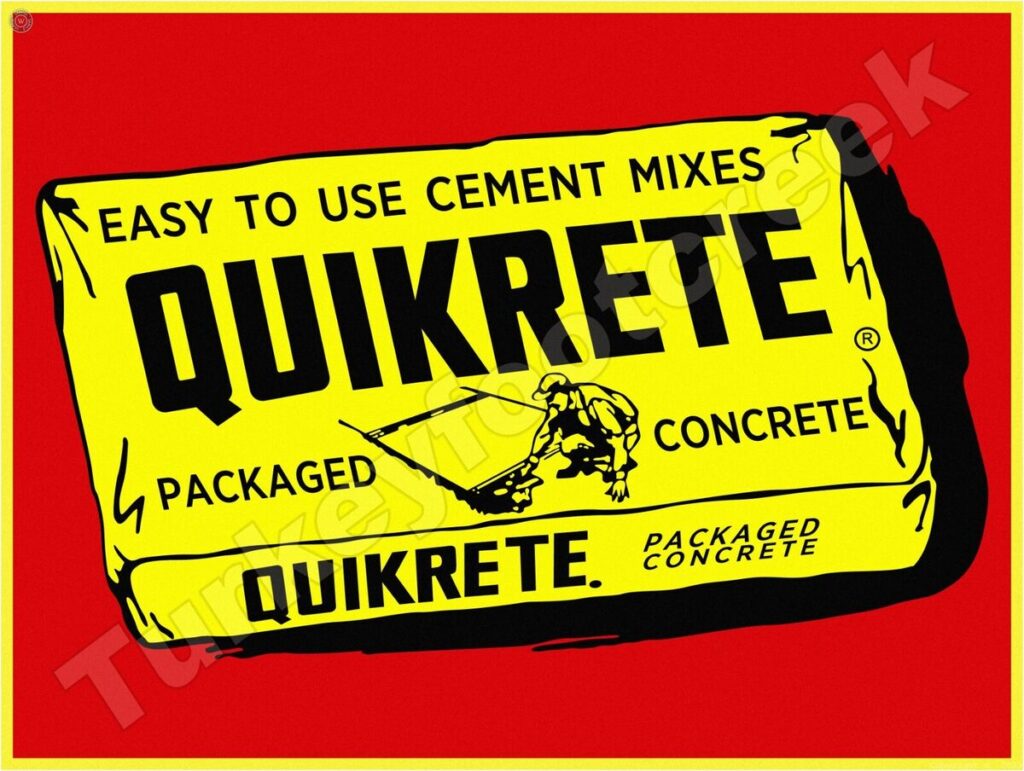
- Quikrete Concrete Mix
- Quikrete’s all-purpose concrete mix is perfect for building durable steps. This pre-mixed blend of cement, sand, and gravel provides strength and durability for any concrete project.
Benefits:
- Pre-mixed for easy use.
- Suitable for both structural and decorative concrete work.
- Fast-setting options are available for quicker projects.
Use Case: Ideal for homeowners looking to build sturdy and long-lasting steps for their home’s entrance or patio.
2. Simpson Strong-Tie L-Shaped Form Ties

- Simpson Strong-Tie L-Shaped Form Ties
- These form ties are essential for creating stable formwork when building concrete steps. They help hold the wooden forms in place, ensuring your steps are even and straight.
Benefits:
- Provides stability to formwork.
- Easy to install and remove after the concrete sets.
- Durable and reusable for multiple projects.
Use Case: A great choice for DIY builders who need a reliable way to support formwork during the construction process.
3. Bosch Electric Concrete Mixer
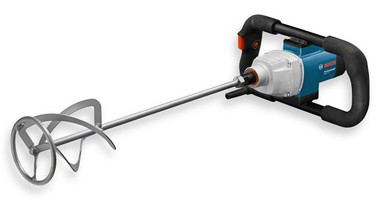
- Bosch Electric Concrete Mixer
- This powerful mixer makes it easy to prepare large quantities of concrete for your steps. It’s an efficient tool for mixing concrete quickly and thoroughly.
Benefits:
- High-powered motor for quick mixing.
- Portable and easy to maneuver on-site.
- Durable construction for heavy-duty projects.
Use Case: Ideal for medium to large-scale projects, where manually mixing concrete would be time-consuming and exhausting.
4. Marshalltown Concrete Trowel
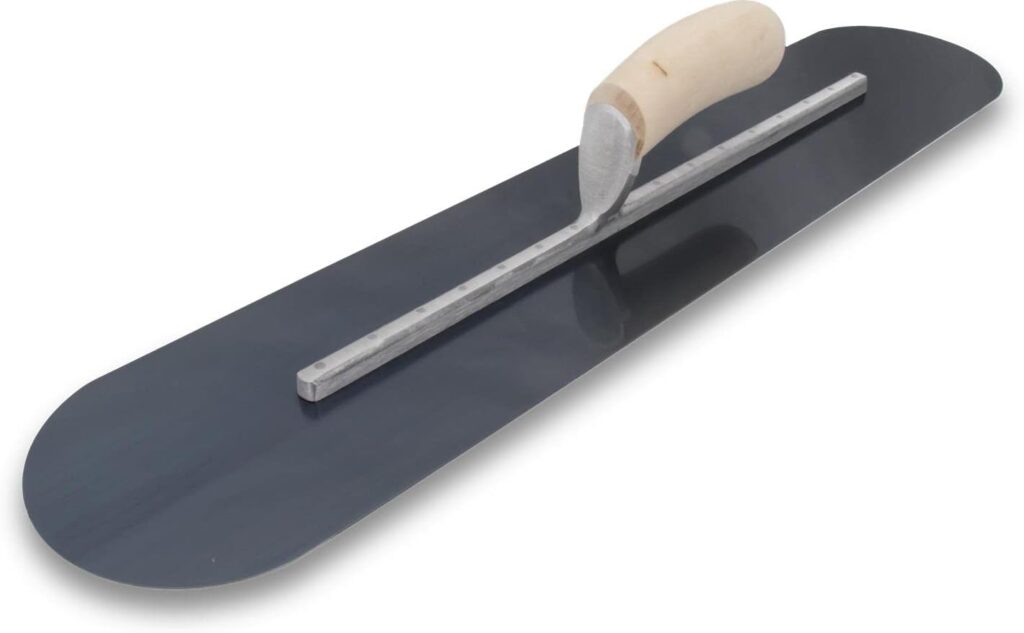
- Marshalltown Concrete Trowel
- A high-quality trowel is essential for achieving a smooth, professional finish on your concrete steps. Marshalltown’s trowels are known for their durability and precision.
Benefits:
- Lightweight design for easy handling.
- Stainless steel blade for a smooth finish.
- A comfortable grip reduces hand fatigue during extended use.
Use Case: Great for both professional builders and DIY enthusiasts looking to create perfectly finished concrete steps.
5. Sika Pro Select Concrete Adhesive
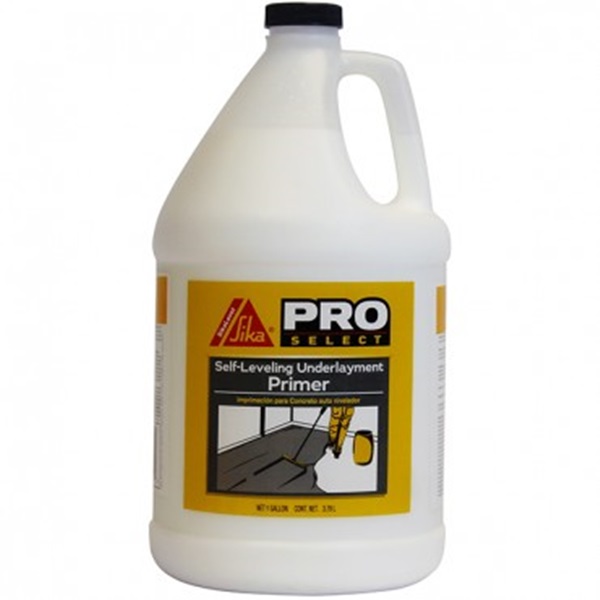
- Sika Pro Select Concrete Adhesive
- This industrial-grade adhesive helps bond new concrete to existing surfaces. It’s perfect for repairing or extending concrete steps, ensuring a long-lasting connection.
Benefits:
- Creates a strong bond between old and new concrete.
- Fast-curing for quicker project completion.
- Suitable for indoor and outdoor use.
Use Case: Perfect for homeowners who need to repair or upgrade their existing concrete steps without tearing down the old structure.
Benefits of Using Concrete for Steps
Concrete offers several benefits when used as the primary material for steps. These benefits make it one of the most preferred options for both residential and commercial buildings.
Strength and Durability
Concrete is incredibly strong, making it ideal for steps that will experience a lot of foot traffic or heavy loads. It can last for decades with minimal maintenance, making it a cost-effective choice for homeowners and businesses.
Versatility in Design
Concrete can be molded into various shapes and sizes, allowing for creative designs. Whether you want straight steps, curved stairs, or a modern floating look, concrete can accommodate your vision.
Weather Resistance
Concrete stands up well to harsh weather conditions, including rain, snow, and extreme heat. Unlike wood, it won’t warp, rot, or require regular treatments to protect it from the elements.
Use Cases: Solving Common Problems with Concrete Steps
Problem: Safety Concerns with Slippery Surfaces
Concrete steps can be finished with a broomed or textured surface to prevent slips and falls, particularly in outdoor areas exposed to rain and ice. This slip-resistant finish makes concrete a safer choice for high-traffic areas.
Problem: Steps That Require Frequent Maintenance
Unlike wood or metal steps, which can rust, rot, or warp, concrete steps require little maintenance. They can withstand extreme weather and heavy use without needing repairs or replacements, making them ideal for both commercial and residential applications.
Where to Buy Concrete Step Materials
You can purchase the materials for building concrete steps from a variety of online and local retailers. Some of the best places to buy include:
- Home Depot – Offers a wide range of concrete mixes, tools, and accessories.
- Lowe’s – A reliable source for concrete products, formwork supplies, and trowels.
- Amazon – Convenient for purchasing specialty tools like concrete mixers and adhesives with fast shipping options.
Look for deals and read reviews before making your purchase to ensure you’re getting the best quality products for your project.
Frequently Asked Questions (FAQs)
1. How long does it take to build concrete steps?
- The actual construction of concrete steps can take a few hours to a day, depending on the size of the project. However, you’ll need to allow time for the concrete to cure, which typically takes 24-48 hours.
2. Can I build concrete steps myself, or do I need a professional?
- With the right tools and instructions, many DIY enthusiasts can build concrete steps themselves. However, for complex projects or larger stairs, hiring a professional may be a better option.
3. What is the cost of building concrete steps?
- The cost varies depending on the size of the project and the materials used. On average, you can expect to spend $500 to $1,500 for basic concrete steps, with more elaborate designs costing more.
Comments are closed.